Black and White Negative Drawing
You've no doubt heard the old saying that sometimes "less is more." If negative space photography were a business, those three words would serve as its slogan. Negative space, when used well, can prove a powerful compositional tool for your photography. Photographers often use negative space to minimize distractions and draw a viewer's attention directly to a subject. It'd be hard to argue against its effectiveness for that purpose.
Negative Space Photography: Examples And Tips
- Unterstand Positive Vs. Negative Space
- Find Balance
- Use Negative Space to Convey Emotion
- Draw Focus to Multiple Subjects in a Single Frame
- Don't Confuse Negative Space with Emptiness
- Know When to Break the Rules
- Add Visual Interest with Textures & More
- Try It in Black & White
- Adjust Aperture for Effect
- Combine Negative Space with Other Compositional Tools
Tip #1: Understand Positive Vs. Negative Space
The difference between positive and negative space in your photograph is that positive space refers to the subject of your photo, and negative space (also known as white space) represents the area surrounding that subject. In the image below, for example, the couple and the mountain range occupy the positive space, while the water and sky fill the rest of the frame with negative space.
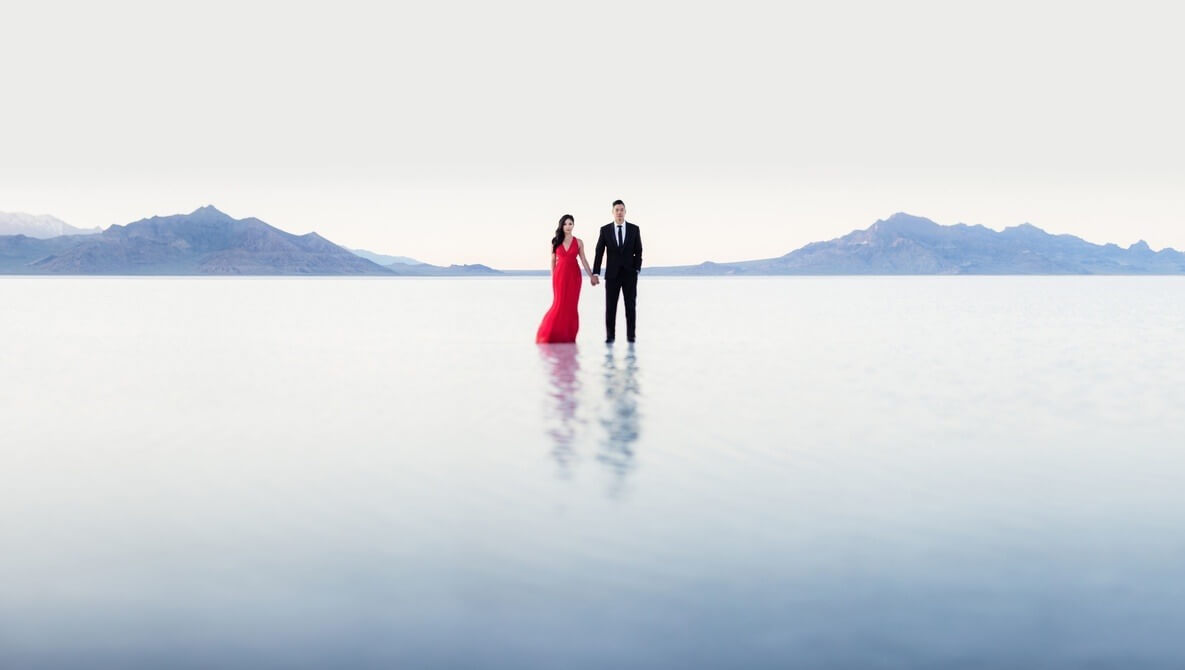
Negative space is used to provide breathing room for the eye. If not enough negative space is present, it can result in busy photos that make it hard for your viewer to identify the main subject or focal point.
Tip #2: Find Balance
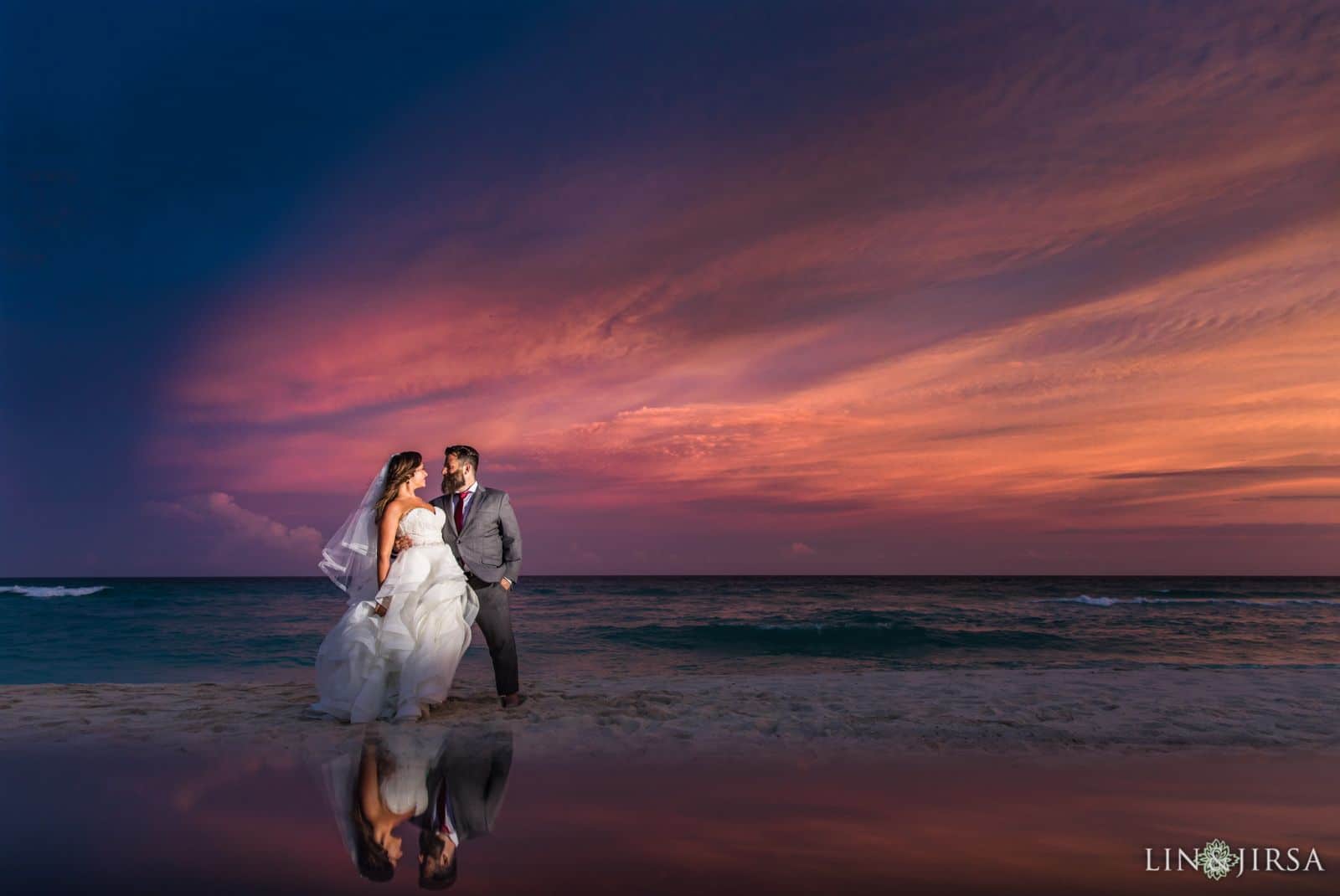
Each element we include in the frame carries visual weight, even if it's nothing more than empty space. In fact, in negative space photography, it's the balance between positive and negative space that we need to focus on the most. If it were a typical photo, things like faces and eyes or words on signs in the background draw a lot of visual weight, even if they are not the main subject.
We have fewer elements competing for attention in negative space photos. To achieve a good balance of positive and negative space, you'll need to consider the goal of your final image. The size of your subject in the frame, the contrast of your subject against the background, and the ratio of light vs. dark can shift the balance of your image and affect whether or not you achieve your desired effect. Keep this in mind when setting your goals and composing your shot.
Tip #3: Use Negative Space to Convey Emotion
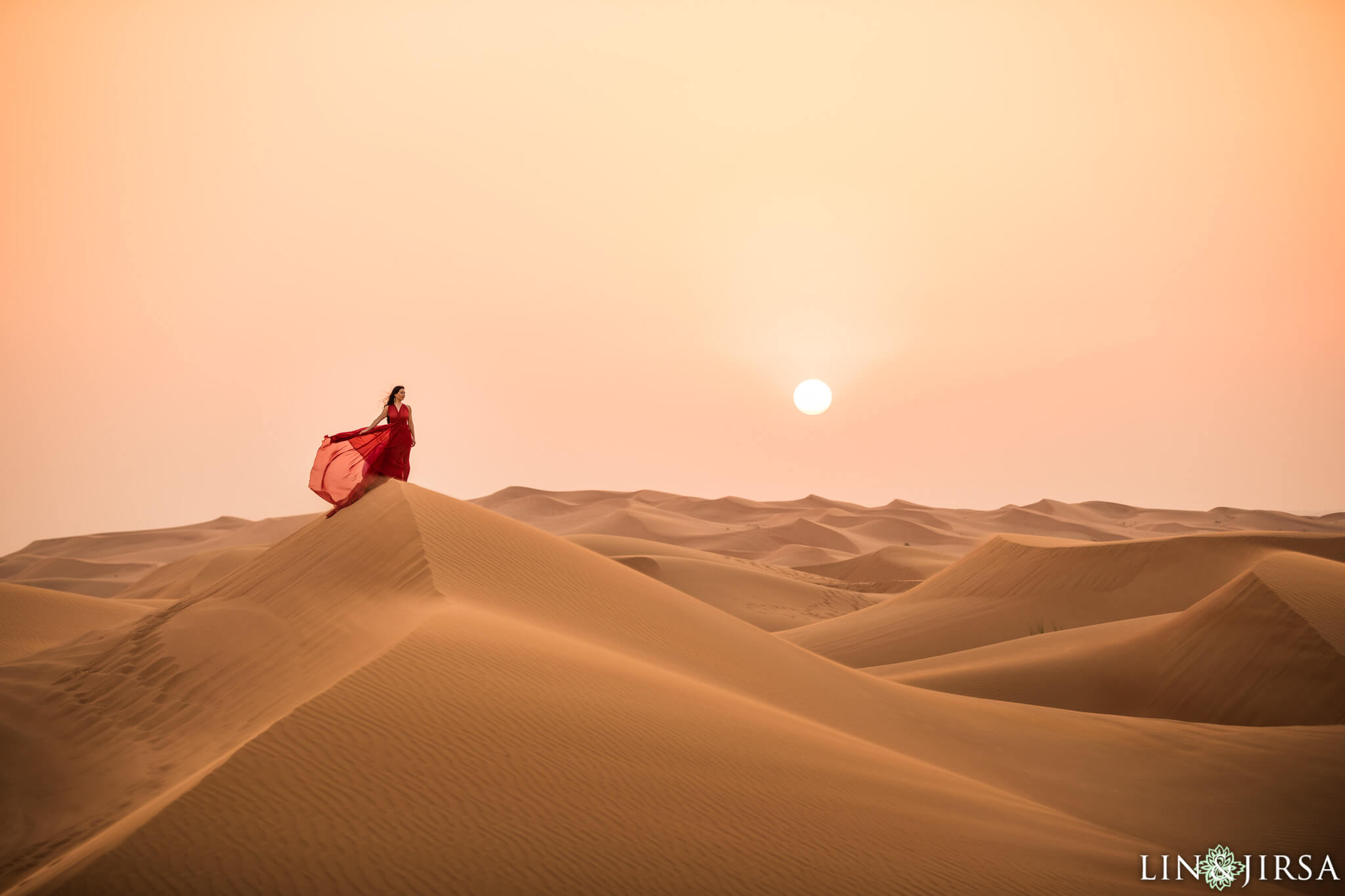
If you want to convey an emotion or mood, then negative space photography can help. Before you take the picture, pay attention to the space around your object, as well as the lighting. Consider the emotion you're trying to convey. Then, look for ways to modify the composition or use lighting to convey your emotion. For example, if you want convey a sense of wonder or mystique, look for a wide open space use scale and action to deliver your message. In the image above, a lone woman walks through a seemingly endless desert while looking off to the far side of the frame. She remains small in this wide angle shot and the setting sun effectively adds to the overall mood of the image.
Tip #4: Draw Focus to Multiple Subjects in a Single Frame
Although we've talked about one object being the focal point when using negative space, it's actually a common misconception that negative space will only work when your photo has only one main subject. You can have more than one; two or more main subjects will actually work. However, it becomes more challenging to get the right balance with positive and negative space when the main objects take up more of the frame.
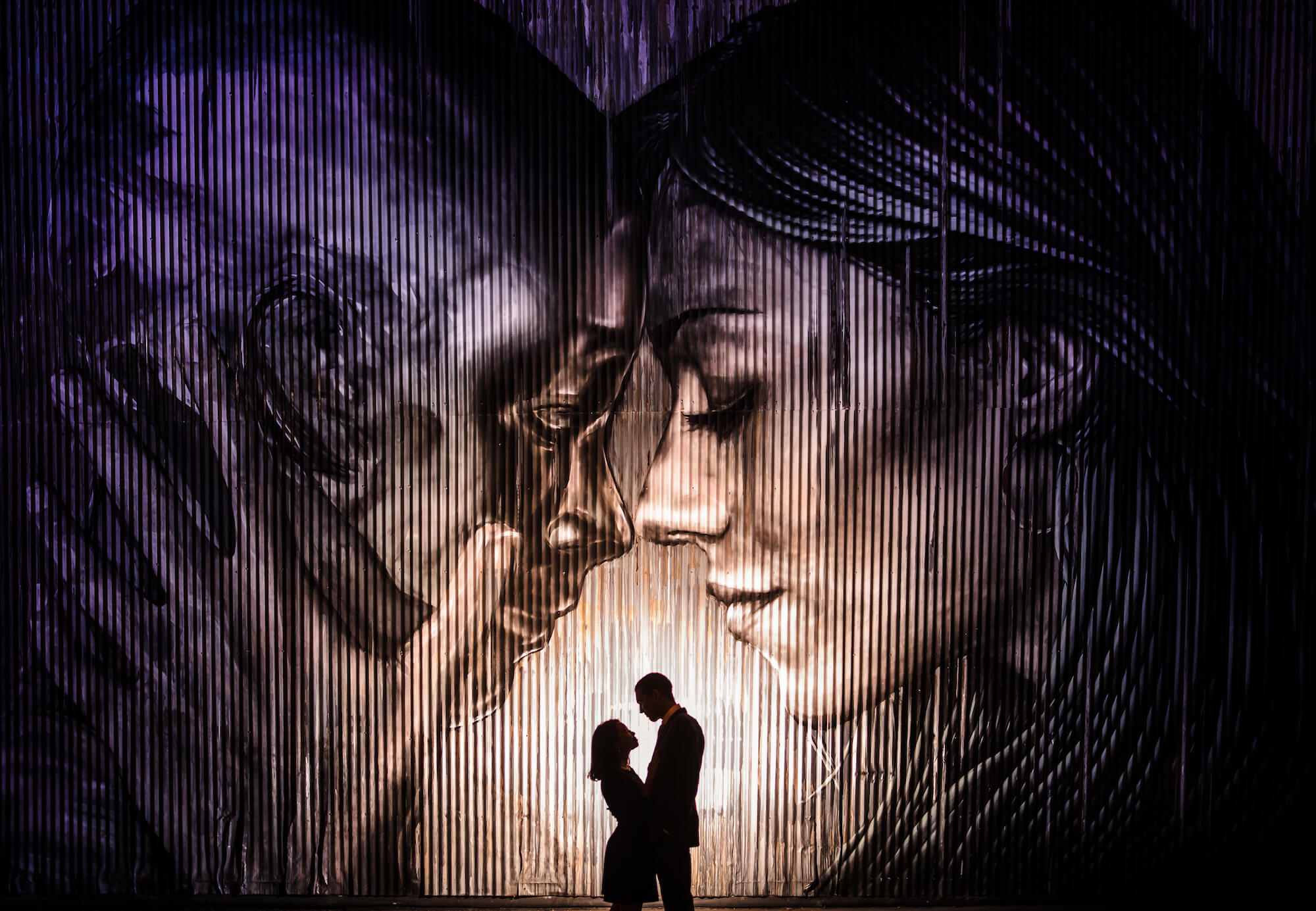
The image above presents a unique situation as we have our silhouetted subjects centered in the lower portion of the frame. A mural of a couple occupies the negative space around our subject and mirrors their pose, creating a balancing act between both spaces and serving as a vehicle for both positive and negative space imagery.
Tip #5: Don't Confuse Negative Space with Emptiness
While the negative space technique uses plenty of empty space, it does not require a blank canvas. You've likely seen images that have a lot of open sky, big wide fields, or large expanses of water. All of these use plenty of empty space and work well for negative space photography, but know that you can include more elements in the frame. This might sound similar to the previous tip, but it's a little different.
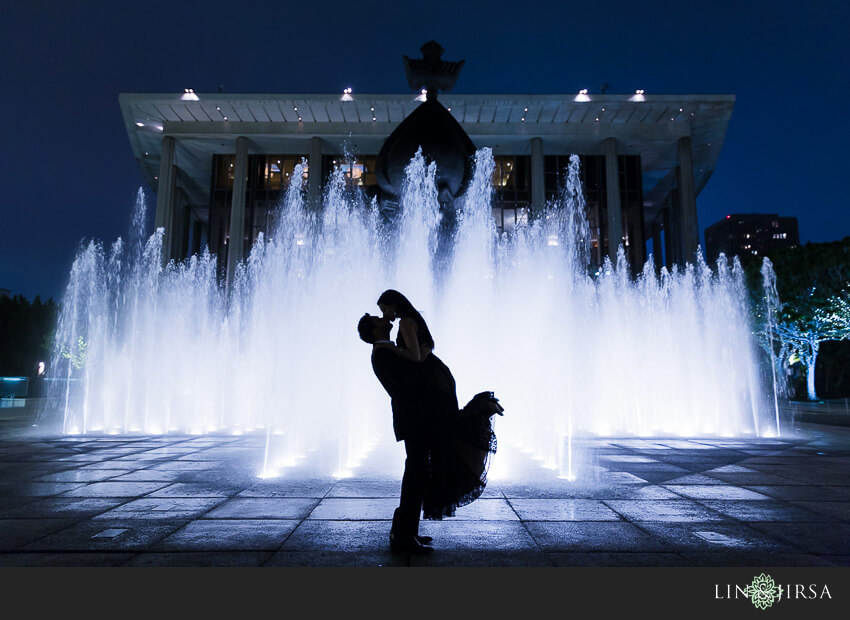
The key to successfully using this technique is to make sure that the other elements in your frame do not distract from the main focal point. Make sure the elements you include around your main object are peripheral…as in they almost blend into the negative space. This allows the viewer to still focus on the main object of your photo, despite other things going on in the frame.
Tip #6: Know When to Break the Rules
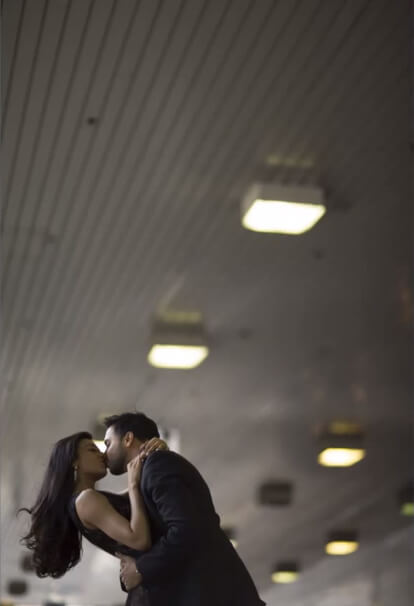
While most photographers typically follow basic composition rules like the rule of thirds, we have some flexibility with negative space photography. For example, the position of your main object is secondary. Try placing your subject where the viewer would not normally look, such as the corner of your frame. Your only limit, really, is your imagination. As is true in most areas in life, the more you practice this technique, the better your negative space photos will be.
Tip #7: Add Visual Interest with Textures, Solid Colors, or Patterns
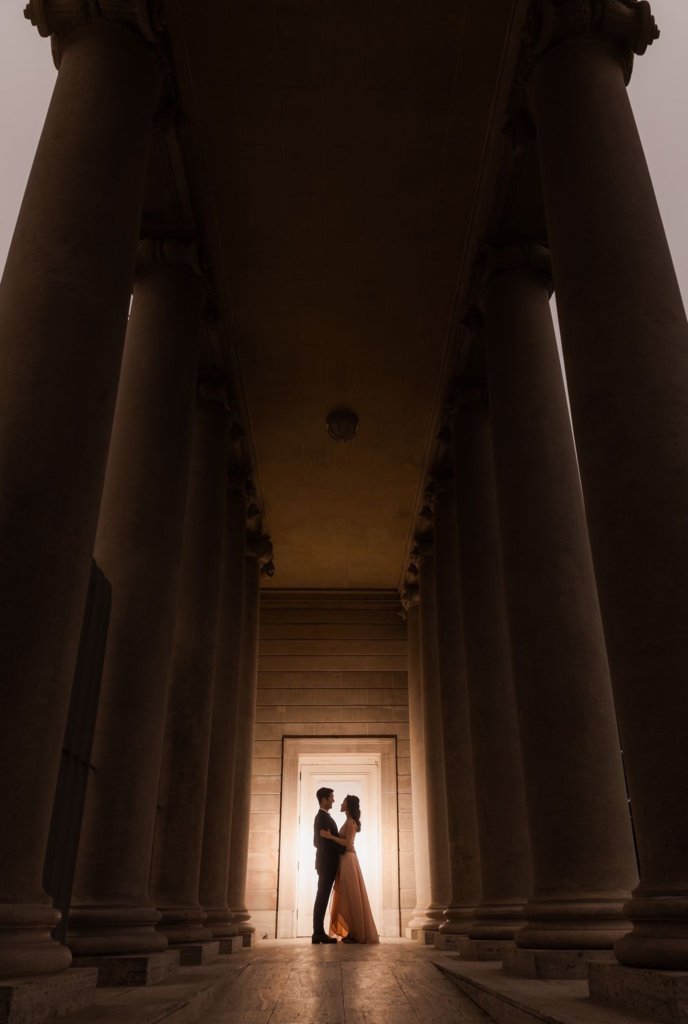
Fill the negative space with textures, solid colors, and/or patterns to add visual appeal to the overall image. Just because most of your frame is "empty" doesn't mean it has to actually be empty. You can use repeating patterns that are present in the scene, for example, like those created from the columns in the image above.
Tip #8: Try It in Black & White
While color itself can be used as a compositional tool in photography, it can sometimes prove distracting. Black and white photos, on the other hand, rely on the contrast between shadows and highlights to draw a viewer's attention. Granted, in a negative space photo, color can be used to make a subject pop against an otherwise drab backdrop. In black and white, however, we can add a timeless quality to the photo while also further enhancing the contrast that makes the negative space technique so effective.
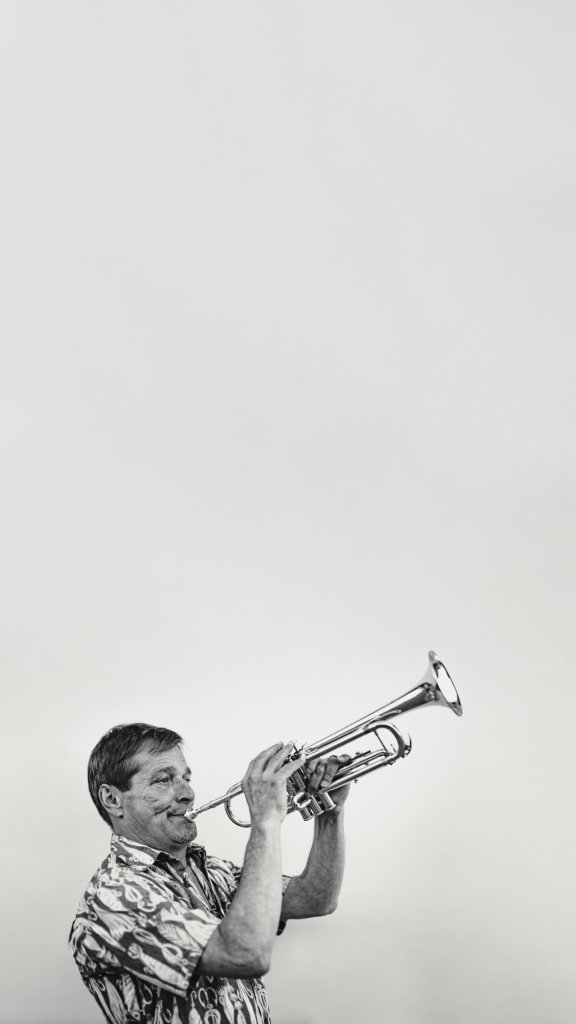
Start in Color and Convert to Black and White in Post
I recommend capturing your negative space photos in color and then converting to black and white in post. As a result, you'll have the option to keep the image in color should you change your mind later. For instance, you may want to include the image in an album spread that features other color photos; you don't want to mix color photos with black and white photos on a single spread in an album.
Tip #9: Adjust Aperture for Effect
If you've ever seen macro shots of flowers or insects agains a completely blurred out background, then you know the effect that wide apertures and the resulting shallow depth of field can have on separating the subject from the background. Depending on how the shot is framed, this effect can be used to create a negative space photo.

Conversely, a closed-down aperture or narrow depth of field can be used in negative space photograph to keep patterns, textures and and backgrounds visible for effect. If you're shooting against an amazing background, then you don't need to blur it into oblivion. Use your aperture intentionally while creating negative space images to further impact the final image and create with purpose.
Tip #10: Combine Negative Space with Other Compositional Tools
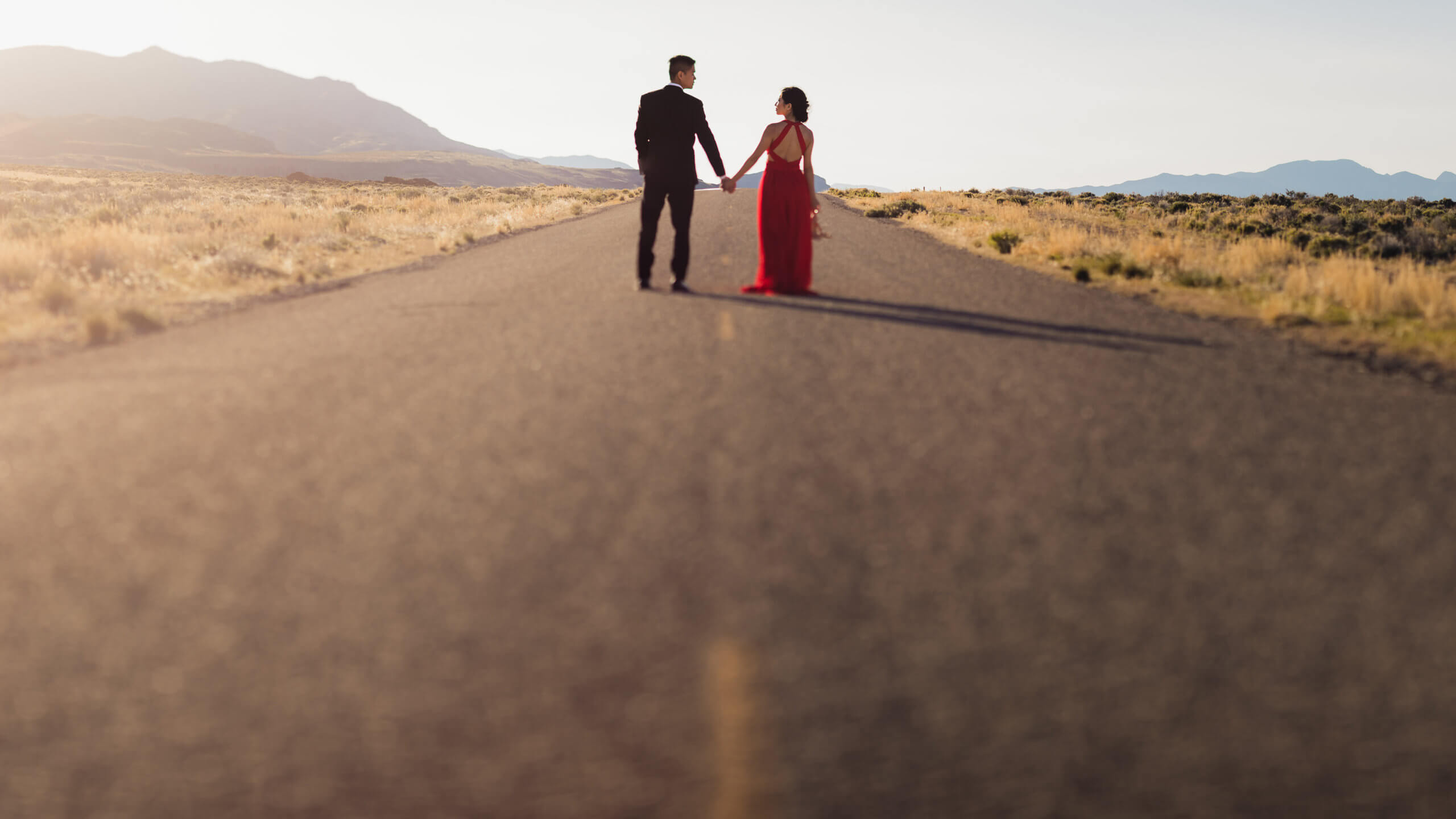
Negative space photography is definitely effective on its own. When combined with other compositional tools, however, negative space takes on an almost fine art or commercial quality. For example, the couples portrait above combines negative space with a shallow depth-of-field, symmetry and leading lines to yield a unique final image. This is just one of many combinations you can use to capture better photos.
Conclusion
The best way to improve your negative space photography technique is to practice. Get out there and take as many photos as possible. Remember some of the key considerations mentioned above, including the golden rule of negative space photography…less is more. Also, despite its power, negative space photography should be used sparingly. In other words, add it to your bag of compositional tricks, but don't rely on it for an entire session. Check out this article on our site for more tips on how to use composition to dramatically improve your photos.
Black and White Negative Drawing
Source: https://www.thephotoargus.com/negative-space-photography-examples-and-tips/
0 Response to "Black and White Negative Drawing"
Post a Comment